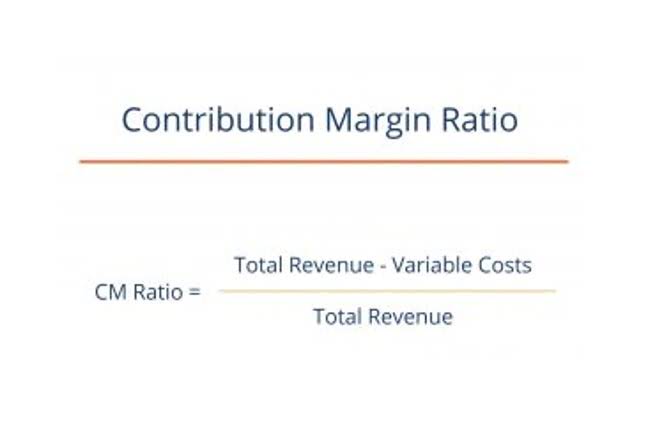Bookkeeping
2025 Oregon Bonus Tax Calculator Percent

Because of the inherently local nature of property tax collections in Oregon, rates vary significantly between counties. Cities Record Keeping for Small Business or towns marked with an have a local city-level sales tax, potentially in addition to additional local government sales taxes. Oregon’s state income tax brackets range from 4.75% to 9.9%, depending on your income and filing status. For most taxpayers, state income taxes for 2024 are due on April 15, 2025. Residents of Portland should also factor in the city’s $35 arts tax, which applies to many adult residents.

Oregon Single Filer Standard Deduction
The credit amount varies based on the taxpayer’s income, marital status, and number of what is the tax rate in oregon qualifying children, with the intention of providing greater assistance to families with children. Based on population statistics, Douglas County is ninth largest county in Oregon. The average effective property tax rate in Douglas County is 0.68%, far lower than rates in Oregon’s other most populous counties.
- For help filing your taxes and maximizing your deductions, consider working with a financial advisor who specializes in taxes.
- This allows the corporate tax burden to be spread more evenly among companies with various revenue levels.
- Oregon collects a state corporate income tax at a maximum marginal tax rate of 7.600%, spread across two tax brackets.
- The information in these materials should not be considered legal or accounting advice, and it should not substitute for legal, accounting, and other professional advice where the facts and circumstances warrant.
- Deschutes County is located in central Oregon, east of the Cascade Crest.
- The facts and circumstances of each taxpayer is unique, but every taxpayer will need the same information to determine their liability under the Corporate Activity Tax.
Can insurance companies file a consolidated return?

SmartAsset’s free tool matches you with up to three vetted financial advisors who serve your area, and you can interview your advisor matches at no cost to decide which one is right for you. View how much tax you may pay in other states based on the filing status and state entered above. The following tax tables are supported by iCalculator™ US as part of the suite of free tax tools available in the US Tax HUB we provide for Oregon. The standard deduction for a Head of Household Filer in Oregon for 2024 is $ 2,745.00. Oregon law requires employers to pay employees on a regular pay schedule with paydays no more than 35 days apart. For more information on Oregon’s overtime laws, please click HERE.

Federal Corporate Income Tax Brackets 2025
Understanding the specific tax regulations and rates in Oregon is crucial for taxpayers to trial balance accurately report and pay their capital gains taxes to avoid any penalties or issues with tax authorities. In Oregon, long-term capital gains are taxed at the same rate as ordinary income, with rates ranging from 5% to 9.9%. This means that individuals in Oregon do not benefit from a separate lower tax rate on long-term capital gains like at the federal level. Instead, the gains are considered part of the taxpayer’s overall income and taxed accordingly. It’s important to note that Oregon does not provide preferential treatment for long-term capital gains, so investors should be mindful of the impact this may have on their overall tax liability in the state.

National Payroll Week 2024: Celebrating “We Just Got Paid”!
The only way to stop these new tax breaks is for the Oregon legislature to vote to reject them — to “disconnect” from them. If you want to cut taxes in Oregon, a simple majority of the Oregon legislature suffices. If you want to create a new tax giveaway for the well-off or a new tax subsidy for corporations, again, a simple majority is enough. Use this list as a guideline to help determine if you have employees in the TriMet Transit District.
- Any person, business, or unitary group of businesses doing business in Oregon may have obligations under the CAT.
- Taxpayers who exceed the prorated filing threshold must file a short period return that starts on January 1, 2021 and ends on the last day of their tax year that ends in 2021.
- This new W-4 now includes a five-step process that allows you to indicate any additional income or jobs, as well as other pertinent personal information.
- This means that taxpayers do not have to pay taxes on this income.


